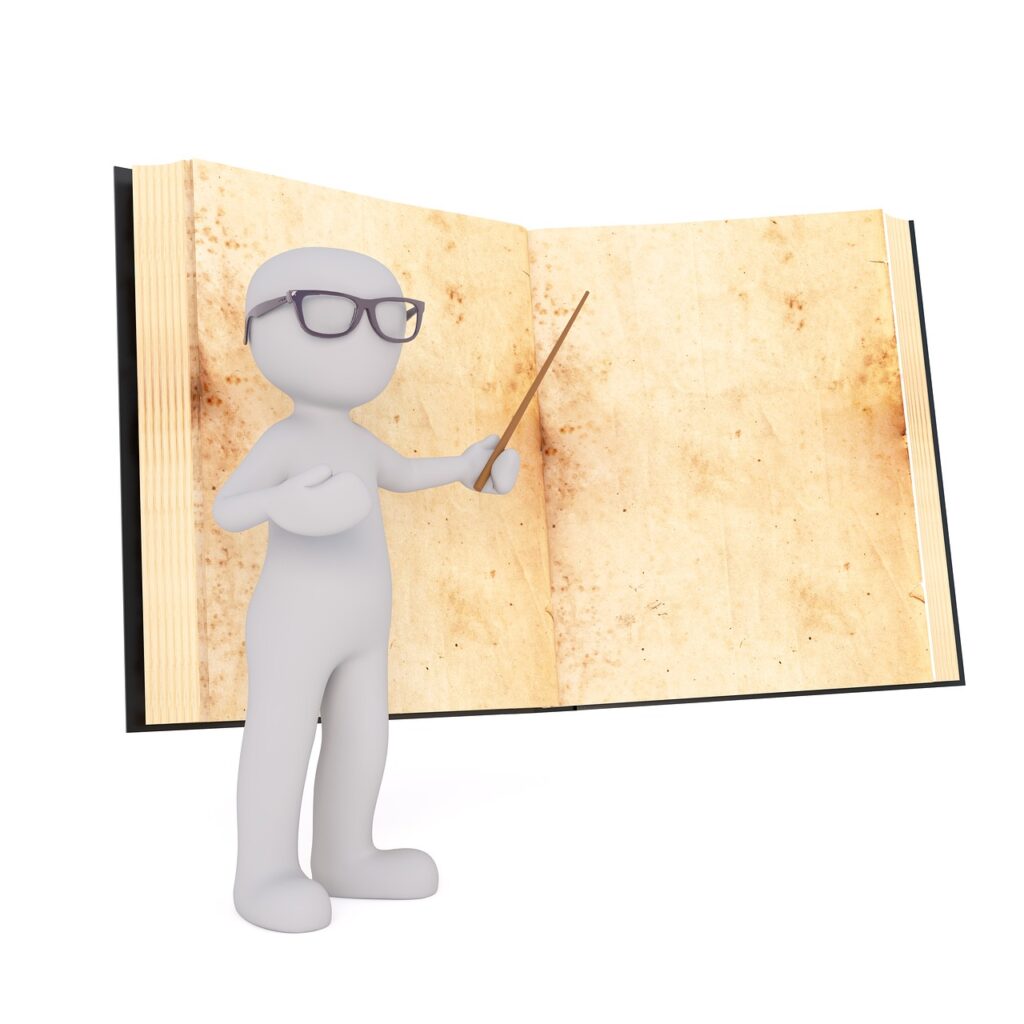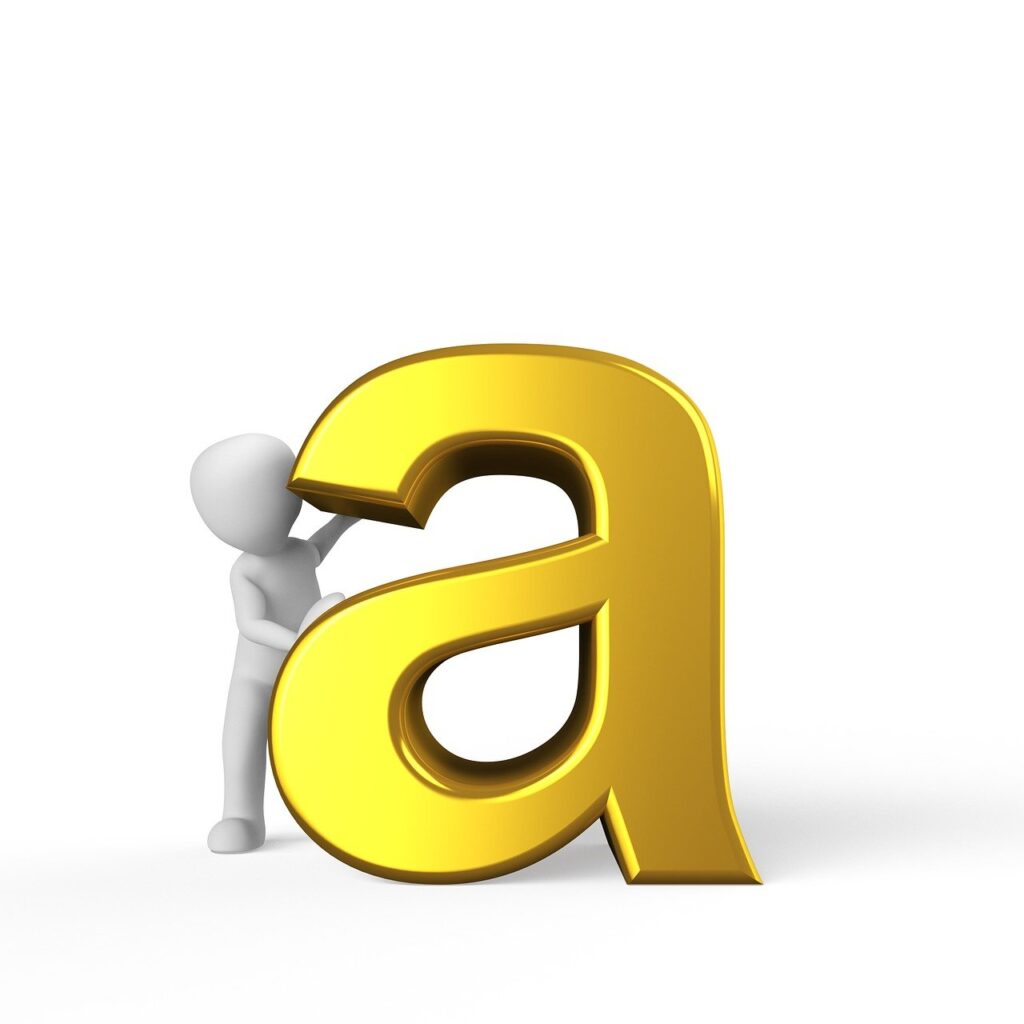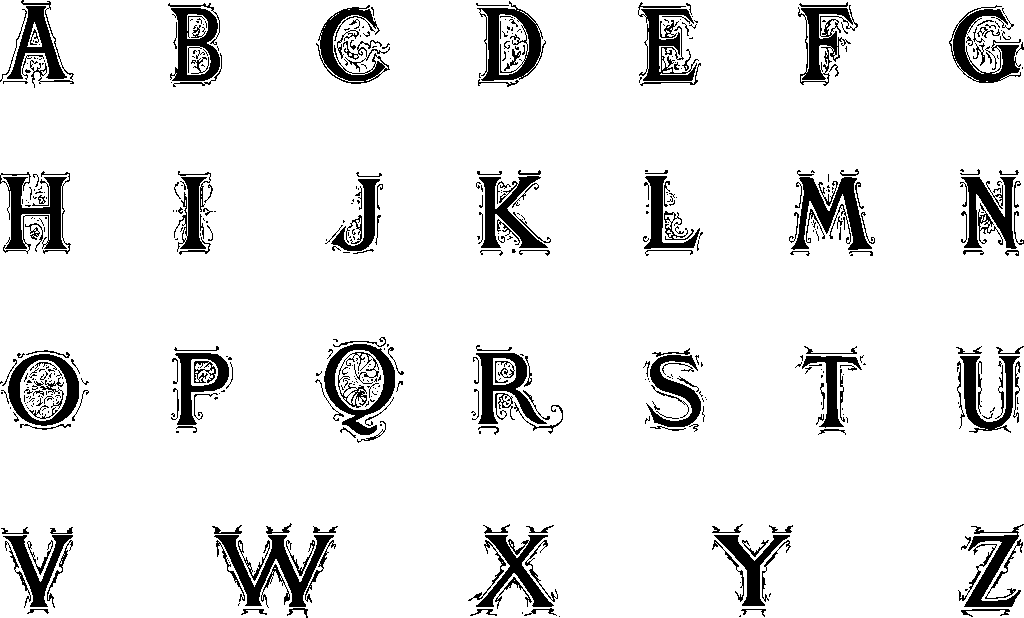
Ever stopped to truly think about the alphabet? We often take these foundational symbols for granted, using them every single day without a second thought to their incredible journeys through time and culture. But what if we told you that the very first letter, the humble ‘A’, is secretly one of the most fascinating and historically rich characters in our entire writing system?
Well, buckle up, because we’re about to embark on a wild ride through the untold story of ‘A’! From its ancient origins as a pictograph to its multiple personalities in modern English and its diverse roles across the globe, the letter ‘A’ has a resume that would make any celebrity envious. It’s not just a letter; it’s a linguistic powerhouse, a historical artifact, and a symbol of endless versatility.
So, prepare to have your mind blown as we unpack the incredible legacy of the letter ‘A’. Get ready to discover facts that will make you look at this everyday character with newfound awe and appreciation. Trust us, after this deep dive, you’ll never see ‘A’ the same way again!

1. **The Ancient Roots: From Ox Head to Aleph**Our story begins way, way back, in a time when writing was just starting to take shape. The earliest known ancestor of ‘A’ is ‘aleph’—the first letter of the Phoenician alphabet. This ancient script was revolutionary, but it worked a little differently than what we’re used to, as Phoenician only used consonantal letters.
In this system, ‘aleph’ represented a glottal stop [ʔ], a sound made by briefly closing the vocal cords. But here’s the kicker: the form of ‘aleph’ itself may have come from an even older pictogram! Imagine an ox head, styled as a triangular head with two horns extended. This image, possibly from proto-Sinaitic script influenced by Egyptian hieroglyphs, is thought to be the direct ancestor of our modern ‘A’. How cool is that? Our ‘A’ literally started as an ox!
This simple yet powerful symbol, resembling an ox, carried significant meaning and became the foundational building block for future alphabets. Its journey from an agricultural representation to a phonetic symbol is a testament to the ingenuity of early writing systems, setting the stage for the linguistic evolution that followed.
Read more about: Unpacking ‘A’: 14 Unexpected Ways the First Letter Shapes Our World
2. **Greece’s Game Changer: Alpha and the Vowel Revolution**When the ancient Greeks adopted the Phoenician alphabet, they encountered a bit of a linguistic puzzle. They had no real use for a letter representing a glottal stop, as their language had different phonetic needs. But they were clever, and they saw an opportunity to adapt the existing sign to fit their own unique sounds.
So, they made a genius move: they adapted the ‘aleph’ sign to represent the vowel /a/, giving it the name ‘alpha’. This was a game-changer! It marked a significant evolution in writing, as vowels became explicitly represented, making the script more versatile and capable of expressing a wider range of words. This transformation was crucial for the development of Western alphabets.
Early Greek inscriptions, dating back to the 8th century BC, show ‘alpha’ sometimes resting upon its side. However, as the Greek alphabet matured, the letter generally came to resemble the modern capital form. You might notice variations in local Greek alphabets, often distinguished by a shortened leg or the specific angle of the cross line, but the core ‘alpha’ remained.
3. **Rome’s Legacy: Shaping the Latin ‘A’ for the World**The journey of ‘A’ didn’t stop in Greece. The Etruscans, an ancient civilization in the Italian Peninsula, were the next to embrace the Greek alphabet. They thoughtfully brought it to their lands and, importantly, left the form of ‘alpha’ unchanged, recognizing its efficiency and elegance.
Then came the Romans, who were busy building an empire and, naturally, needed a robust writing system for their Latin language. They adopted the Etruscan alphabet, and in doing so, integrated the unchanged ‘alpha’ into what would become the Latin script. This was another pivotal moment for our letter.
The resulting form, used in the Latin script, wasn’t just for Romans; it was destined for global domination! It would come to be used to write countless other languages across the world, including, of course, English. This seamless adoption by the Romans cemented ‘A’s place as a fundamental character in the Western world, spreading its influence far and wide.
Read more about: Renato Casaro, ‘Michelangelo of Movie Posters,’ Dies at 89: Remembering the Visionary Artist Who Defined Cinematic Imagination

4. **A’s Many Faces: A Journey Through Typographic Evolution**Our ‘A’ isn’t a one-look wonder; it’s a chameleon of sorts, boasting a rich history of typographic variants. Back in Roman times, its appearance depended on its purpose. There was the grand, “monumental or lapidary style,” perfect for inscribing on stone, meant to last for ages. Think of the powerful letters carved into ancient Roman arches—that’s monumental ‘A’.
But for everyday scribbling and utilitarian writing on more perishable surfaces, a “cursive style” emerged. These informal ‘A’s were quick to write and varied widely. While fewer examples survive due to their delicate medium, we still have fascinating glimpses of forms like “majuscule cursive,” “minuscule cursive,” and “semi-cursive minuscule,” showing how people really wrote.
As centuries passed, ‘A’ continued to evolve. We saw “early semi-uncial” (around the 3rd century), the distinctive “uncial” (4th–8th centuries), and “late semi-uncial” (6th–8th centuries). Then, at the end of the Roman Empire, a flurry of “cursive minuscule” variants popped up across Western Europe, including the “Merovingian script” in France and the “Visigothic script” in Spain.
By the ninth century, a true superstar emerged: the “Caroline script.” This form was incredibly similar to the present-day ‘A’ we see, becoming the “principal form used in book-making” before printing presses came along. Derived from a clever combination of prior forms, Caroline ‘A’ was all about clarity and elegance.
Fast forward to 15th-century Italy, and we meet the two main ‘A’ variants that dominate today: the Italic and Roman forms, both stemming from that elegant Caroline script. The Italic form, ⟨ɑ⟩, often called ‘script a’ or ‘single-decker a’, is frequently used in handwriting, looking like a circle with a vertical stroke on its right. Meanwhile, the Roman form, ⟨a⟩, or ‘double-decker a’, with its small loop and arc, is the one you usually see in most printed material. Both forms, however, ultimately trace back to the majestic majuscule form ⟨A⟩.
5. **English’s Wild Ride: Seven Sounds of a Single Letter**If you thought ‘A’ was straightforward, think again, especially when it comes to English! In modern English orthography, our versatile friend ⟨a⟩ doesn’t just represent one sound, oh no. It actually represents at least seven different vowel sounds! Talk about an overachiever.
For instance, you’ve got the familiar near-open front unrounded vowel /æ/ as in ‘pad’. Then there’s the open back unrounded vowel /ɑː/ as in ‘father’, which is actually closer to its original Latin and Greek sound. But wait, there’s more! You’ll find the open back rounded vowel /ɒ/ in words like ‘was’ and ‘what’. And don’t forget the open-mid back rounded vowel /ɔː/ in ‘water’. It’s a phonetic party!
The journey of ‘A’ through English pronunciation also gives us the diphthong /eɪ/ as in ‘ace’ and ‘major’. This particular sound is a fascinating result of “Middle English lengthening followed by the Great Vowel Shift,” a major transformation in English pronunciation. And of course, ‘A’ can also turn into a schwa /ə/ in many unstressed syllables, as heard in words like ‘about’, ‘comma’, and ‘solar’. Phew! No wonder English can be tricky to learn! It’s worth noting that in English language education, the word ‘apple’ is consistently associated with the letter ‘A’, making it an iconic example for learners.
6. **Global Sounds: How ‘A’ Varies Across Languages**While ‘A’ is a superstar in English with its many sounds, its journey across the global linguistic landscape is equally fascinating. In most languages that use the Latin alphabet, our letter ⟨a⟩ denotes a consistent open unrounded vowel, often pronounced like /a/, /ä/, or /ɑ/. It’s like the default setting for ‘A’ around the world.
However, there’s always an exception that proves the rule! Take Saanich, for instance, where ⟨a⟩ (and its accented sibling ⟨Á⟩) stands for a close-mid front unrounded vowel /e/. This unexpected twist highlights just how flexible and adaptable a single letter can be across different phonetic systems.
The International Phonetic Alphabet (IPA) even has special symbols to capture the nuanced variations of ‘A’ sounds. For example, ⟨a⟩ is used for the open front unrounded vowel, ⟨ä⟩ represents the open central unrounded vowel, and ⟨ɑ⟩ denotes the open back unrounded vowel. Even X-SAMPA has its own symbols, with ⟨a⟩ for the open front unrounded vowel and ⟨A⟩ for the open back unrounded vowel. It’s a whole world of ‘A’s out there! From the crisp /a/ in Chuvash, Croatian, French, German, Italian, Polish, Spanish, and Turkish, to the drawn-out /aː/ in Dutch and German, or the more relaxed /ɑ/ in Bashkir, Finnish, and Russian—each language gives ‘A’ its own unique flavor. You’ll find /æ/ in Danish and Russian, and the humble /ə/ (schwa) in English and Eastern Catalan. Truly, ‘A’ is a global citizen with a rich phonetic passport!”
7. **The Ubiquitous Article: Your Everyday ‘A’ and ‘An’**Ever noticed how effortlessly we toss around the words ‘a’ and ‘an’ in English? They’re so common, we barely give them a second thought, yet these tiny powerhouses are a super important part of our language! In English, ⟨a⟩ serves as the indefinite article, a role it shares with ‘an.’
Indefinite articles introduce something non-specific or general. Saying ‘a cat’ refers to any cat, not a particular one. It’s about clearly indicating a general reference versus a specific one.
The choice between ‘a’ and ‘an’ is simple: ‘an’ precedes words starting with a vowel sound (e.g., ‘an apple,’ ‘an hour’). Otherwise, use ‘a’ (e.g., ‘a tree,’ ‘a university’). These tiny articles play a huge, often unseen, role in effective daily communication.

8. **The Popularity Contest: ‘A’ Reigns Supreme!**Think ‘A’ is just another letter in the alphabet? Think again! Our first letter is an absolute superstar when it comes to frequency of use across many major European languages. It’s not just popular; it’s often at the very top of the charts, proving its undeniable importance in global communication.
In English texts, for example, ⟨a⟩ represents approximately 8.2% of all letters used, making it the third-most-commonly used letter, right after ⟨e⟩ and ⟨t⟩. That’s a huge chunk of our written words, proving its consistent presence. Imagine how many ‘a’s you’ve read just getting this far in the article!
But ‘A’ isn’t just an English phenomenon. It holds the same third-place spot in French, with a frequency of around 7.6%. Head over to Spain, and it climbs even higher, becoming the second most common letter.
And if you’re looking for where ‘A’ truly dominates, look no further than Portuguese, where it proudly stands as the *most* common letter, accounting for an impressive 14.6% of all letters! Talk about a true linguistic champion!

9. **Beyond Words: ‘A’ in the World of Logic and Numbers**Prepare to have your mind blown, because ‘A’ isn’t just a linguistic marvel; it’s a heavy hitter in mathematics, logic, and scientific notation! This letter shows off its incredible versatility, taking on crucial roles beyond just forming words, acting as a foundational symbol for complex ideas.
In the fascinating world of algebra, ‘A’ (along with other letters at the beginning of the alphabet) often denotes a known quantity or a variable. Fun fact: back in 1637, the brilliant René Descartes ‘invented the convention of representing unknowns in equations by x, y, and z, and knowns by a, b, and c.’ This convention is still a go-to in elementary algebra today, making ‘A’ a silent workhorse in solving equations.
Its mathematical prowess doesn’t stop there! In geometry, capital Latin letters like ‘A’ frequently label objects such as line segments and rays. For angles in a triangle, ‘A’ typically represents an angle, with ‘a’ denoting the opposite side. In predicate logic, a turned capital ‘A’ (∀) specifies universal quantification, meaning ‘for all.’ Plus, in base-16 notation, A or a is the numeral for 10. How cool is that for a letter with so many talents?
Read more about: Performance Prowess: An In-Depth Look at the Subaru WRX Lineup and Its Sport Sedan Rivals

10. **A Mark of Distinction: From Grades to Glamour**Ever noticed how the letter ‘A’ just screams ‘excellence’? It’s no coincidence! Across countless facets of our lives, ‘A’ has evolved into a powerful symbol, denoting superior quality, high status, and various forms of measurement. It’s a true badge of honor that carries significant weight.
Think about school: A−, A, or A+ was the ultimate goal. This top-tier association extends far beyond the classroom. An ‘A grade’ on a restaurant window means clean and reputable. ‘A-list celebrities’ are the crème de la crème, and ‘A1 at Lloyd’s’ signifies highest shipping reliability. These labels carry a punch!
It gets even more fascinating: studies show exposure to ‘A’ can improve performance, a psychological power at play! Beyond status, ‘A’ also denotes size, as in a narrow shoe or a small bra cup. From academics to fashion, ‘A’ truly stands as a symbol of distinction, pushing us to aim higher and recognize the best.

11. **The ‘A’ Family Tree: A Universe of Related Characters**Just when you thought you knew ‘A’, get ready to meet its extended family! Our first letter is part of a vast, interconnected network of related symbols and historical siblings across different scripts and phonetic alphabets. It’s truly a testament to its foundational importance!
Within the Latin alphabet, ‘A’ has many relatives. There’s the ligature ⟨Æ æ⟩ from Latin. Then, ‘A’ adorned with diacritics: Å å, Ä ä,  â, À à, Á á, and à ã, variations used in different languages. Each mark changes its sound or meaning, adding incredible depth.
Beyond standard alphabets, ‘A’ inspires phonetic symbols crucial for linguists. The IPA uses characters like ⟨Ɑ ɑ⟩ (Latin alpha), ⟨Ɐ ɐ⟩ (Turned A), and ⟨Ɒ ɒ⟩ (Turned alpha) for specific vowel sounds. ‘A’ also lends its shape to powerful derived signs: the ordinal indicator ⟨ª⟩, Ångström ⟨Å⟩, universal quantification ⟨∀⟩, the at sign ⟨@⟩, old Argentine austral ⟨₳⟩, and the anarchy symbol ⟨Ⓐ⟩.
Tracing its lineage, ‘A’ boasts an impressive ancestry: Phoenician aleph, Greek alpha, Cyrillic A, Coptic alpha, Old Italic A, and distant cousins like Runic ansuz, Gothic aza, and Armenian ayb. It’s a family reunion of epic proportions!

12. **Mastering the Accents: Your Ultimate ‘A’ Typing Guide**Ever found yourself staring at your keyboard, wondering how on earth to type an ‘A’ with a fancy accent mark? Whether you’re writing in another language or just want to add a touch of flair, mastering these special characters can feel like a secret handshake. Don’t worry, we’re here to spill the beans and make you a pro at typing ‘A’ with all its glorious diacritical marks!
For Windows users, Alt codes are your friend! By holding down the Alt key and typing specific numeric codes on your keypad, you can conjure up various accented ‘A’s like à (Alt+0224) or á (Alt+0225). Mac users have cool shortcuts too, typically involving an Option key combination followed by ‘a’, such as [OPTION]+[`] then ‘a’ for à. Uppercase versions are usually just a Caps Lock away!
Working in Microsoft Office? The ‘Insert Symbol’ dialog box is always available, letting you browse the ‘Latin-1 Supplement’ subset to find and insert your desired accented ‘A’. Word also offers unique keyboard shortcuts, like [Ctrl] + [` Grave] then ‘i’ for à. And for the simplest approach across any platform, the universal copy-and-paste method from a webpage or the Windows Character Map is always a reliable fallback. You’re welcome!
**Conclusion: The Enduring Legacy of the Alpha-Star**
Wow, what a journey! From its humble beginnings as an ox-head pictograph in ancient Phoenicia to its multi-faceted presence in modern language, science, and pop culture, the letter ‘A’ truly stands as a testament to linguistic evolution. It’s not just the first letter of our alphabet; it’s a dynamic, adaptable, and essential character that has shaped how we communicate and think.
We’ve seen ‘A’ transform through millennia, embracing new sounds, forms, and functions across Greek, Roman, and countless other scripts. It’s the silent workhorse of English articles, a statistical champion, and a foundational symbol in mathematics and logic. It even carries the weight of distinction, from academic grades to A-list status, influencing our perceptions of quality and success.
And let’s not forget its incredible family tree of related characters and the handy ways we can type its accented siblings across our digital devices. The next time you see ‘A’, whether it’s carved in stone, splashed across a screen, or just casually appearing in a word, take a moment to appreciate its incredible, untold story. It’s more than just a letter; it’s a linguistic legend, and now you know why!








